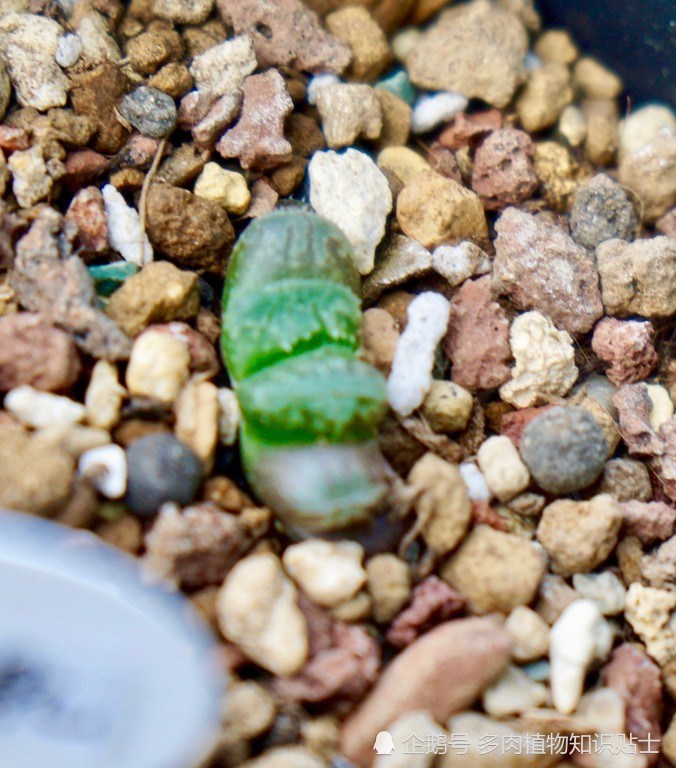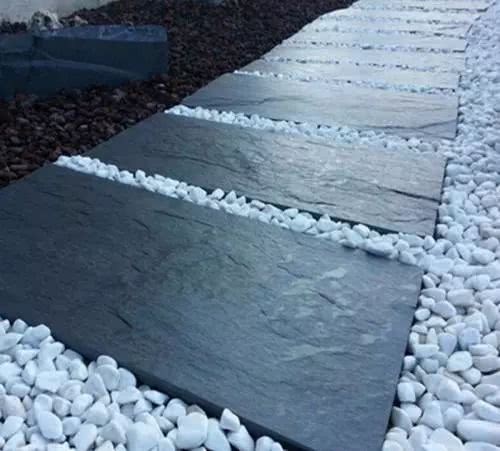Realization method of Vertical Greening of Indoor Green planting Wall

Under the background of the increasingly tense ecological environment, indoor greening has become a trend. According to the functions of the site, there are mainly office and home. Due to the limitations of interior space, green wall has become the best choice for many people. The vertical greening of the green planting wall makes use of the adaptive ability of the plant root system to the growth space, and uses water and soil as the plant growth medium to realize the plant growth on the vertical interface. compared with the traditional greening form of plant growth in the plane, this way is a breakthrough, which really realizes the three-dimensional planting of plants in the vertical plane.
The vertical greening system of green planting wall mainly consists of four parts:
1. Unit planting package for planting plants
2. Planting frame support system connected with facade walls, partitions, columns, etc.
3. Drip irrigation system that provides plant growth nutrients and water.
4. Plant materials.
According to the different ways to realize the vertical growth of plants, vertical greening includes natural adsorption type and auxiliary material type.
1. Natural adsorption green planting wall
It means to set up a planting trough under the green wall, plant climbing plants, and use its own growth to complete the greening and covering of the wall. this way is similar to the traditional greening method, and it is a relatively economical and simple vertical greening way.
Second, the auxiliary material type green planting wall
Auxiliary material vertical greening uses structural units to realize the growth of plants on the vertical surface. There are three main techniques commonly used in indoor environment, namely, modular, hydroponic and V-groove.
1. Modular
This is the planting method with the strongest ability of landscape composition. It consists of a modular planting panel and a planting frame, which contains soil and other media to grow plants, combined with a drip irrigation system containing nutrients to provide all or part of the nutrients and water needed for the growth of plants growing on the wall.
The plant is pre-planted on the module panel and fixed to the planting frame through hooks and screws, which can be planted in many varieties to form a large area of vertical greening of the wall, and the planting design can be realized in advance. provide a patterned, hierarchical, species-rich indoor plant landscape effect. Most of the plants are perennial evergreen ornamental plants with strong covering power and good ornamental ability.
Advantages: the construction of the three-dimensional greening method is fast, due to the supply of nutrients and water in the drip irrigation system, the sustainable growth effect of plants is good, and it is very easy to maintain in the later stage.
2. V-shaped slot
It consists of a hard V-shaped planting groove and a planting frame. V-shaped planting slot interval is fixed on the planting frame and built-in light growth matrix, plants need to choose perennial evergreen plants with larger leaves and taller plants. Plants grow obliquely in the V-shaped trough and can be equipped with a drip irrigation system, such as planting in a small area in the indoor environment without a drip irrigation system.
Advantages: this method has the advantages of simple construction and low cost, and has advantages over the other two methods in indoor maintenance and cleaning.
3. Hydroponics
It can realize the soilless cultivation of plants. It is composed of planting frame, PVC board, soft plant growth carrier (felt cloth and non-woven cloth bag, etc.) and drip irrigation system. The planting frame acts as the modeling structure and support of the plant wall; the purpose of the PVC board is to fix the shape and the wall surface is waterproof; the felt cloth is covered on the PVC board and contains the plant growth matrix to provide water and nutrients for the plant, and the cloth bag is sewn and fixed on the felt and acts as a plant planting basket to fix and grow the plant rhizome in it. The drip irrigation system adopts the way of seeping water from top to bottom, and the plant roots absorb nutrient solution through felt cloth and cloth bags to achieve soilless growth on the facade.
Advantages: compared with the modular type, it has the characteristics of light weight, simple construction and more economical, so it is widely used in all kinds of small and medium-sized indoor space.
- Prev

Weekend sunning meaty, meaty white, twelve rolls of balcony
Thanks to Xiao Xiao's material, raising twelve volumes is a process of "many years of daughter-in-law boiling into a mother-in-law". Pan Deng bought it at the beginning of the year. It is said that it came from a very good source but it was too small. It has been raised until now and is just a big booger. "It's a good idea."
- Next

How can the courtyard be the same without Ting Bu?
In Chinese classical gardens, scattered stacked stones are often dotted on the narrow and shallow surface of the water, making it easy for people to sneak around. Its name is "Ting Bu", or "Ting Bu" or "step step". There is also a "outline" in Yangzhou painting Boat record.
Related
- Wuhan Hospital Iron Tree Blooming Result Was Instantly Frightened by the Gardener Master
- Which variety of camellia is the most fragrant and best? Which one do you like best?
- What is the small blue coat, the breeding methods and matters needing attention of the succulent plant
- Dormancy time and maintenance management of succulent plants during dormancy
- Minas succulent how to raise, Minas succulent plant pictures
- What are the varieties of winter succulent plants
- How to raise succulent plants in twelve rolls? let's take a look at some experience of breeding twelve rolls.
- Attention should be paid to water control for succulent plants during dormant period (winter and summer)
- Watering experience of twelve rolls of succulent plants
- Techniques for fertilizing succulent plants. An article will let you know how to fertilize succulent plants.

